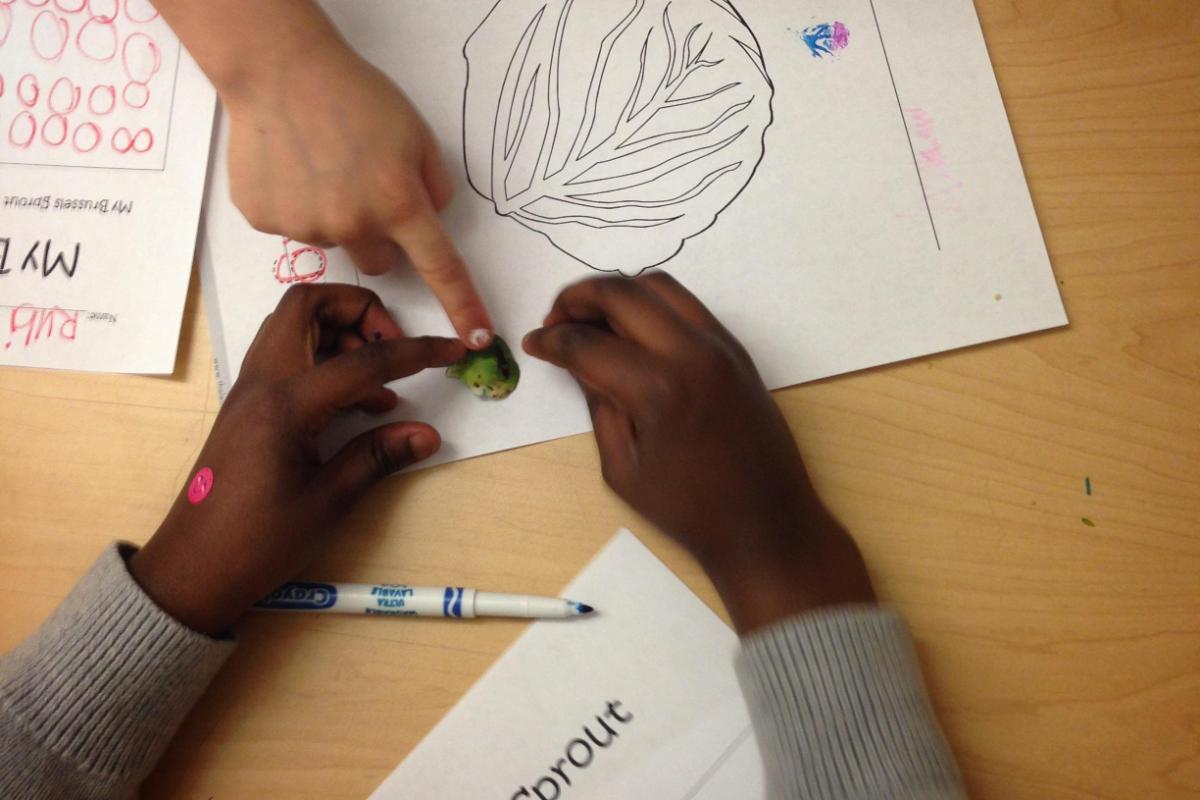Jane Sherman has worked in food and nutrition education at the Food and Agricultural Organization of the United Nations (FAO) for decades. In her role at FAO, she has worked closely with the Tisch Food Center’s Pam Koch and Dr. Isobel Contento on the development of the School-based Food and Nutrition Education White Paper for low- and middle-income countries, demonstrating the importance of homework for food education. In her recent paper, School Food Education: A Hymn to Homework, Sherman outlines specific ways educators can use “food homework” to stimulate interactions between people and their environments, extending learning beyond the classroom. Here are our top three top takeaways from Sherman’s Hymn to Homework:
“Children’s expectations, tastes, perceptions, practices, and food status are conditioned, confirmed, and reinforced several times a day, 365 days a year.”
School is an ideal environment for children to experience new tastes and learn more about food and nutrition, but they will continue to be influenced by outside environments, including home kitchens, shops, markets, restaurants, and the people in them. Homes can therefore become a natural setting for enhancing food behaviors, good and bad, and food homework can help ensure healthy practices are reinforced.
Schools must “take on the role of framing, informing, and guiding children’s observations, enquiries, discoveries, and activities beyond the classroom”
Adding pre- and post- lesson activities designed for children to complete at home helps extend learning outside the classroom. Take this lesson on food groups as an example:
Pre-class homework. Children each choose a different food they know. At home, they make a card to represent it (picture or name) and ask family and friends to say what kind of food it is.
In-class activity. Children form “food groups” of fruit, cereals, etc. in different parts of the room, then present their groups and invite the class to name other foods in these groups. The teacher monitors and adjusts contributions. Children assemble cards for future use and, if possible, identify the groups in a visual & show where their own cards fit in.
Post-class and preparatory homework for next class. Children observe one main home meal, list or remember all the foods in it, count the food groups, and check with the family that they have got it right. The next class starts with feedback on this homework.
“Homework can play a big part in a quiet, painless, cost-free revolution by extending existing curricula, activities, learning materials, and lessons into outside spheres of action.”
Children can learn an immense amount about food and nutrition from their outside environment. This learning can be achieved in a variety of settings outside the classroom, from their own home kitchens to community gardens and beyond. Food homework should place no burden on children or families – it is simply an extension of everyday behaviors, and it effectively doubles the time spent on the subject in food and nutrition education.
To read Jane Sherman’s full paper, access the PDF below.
